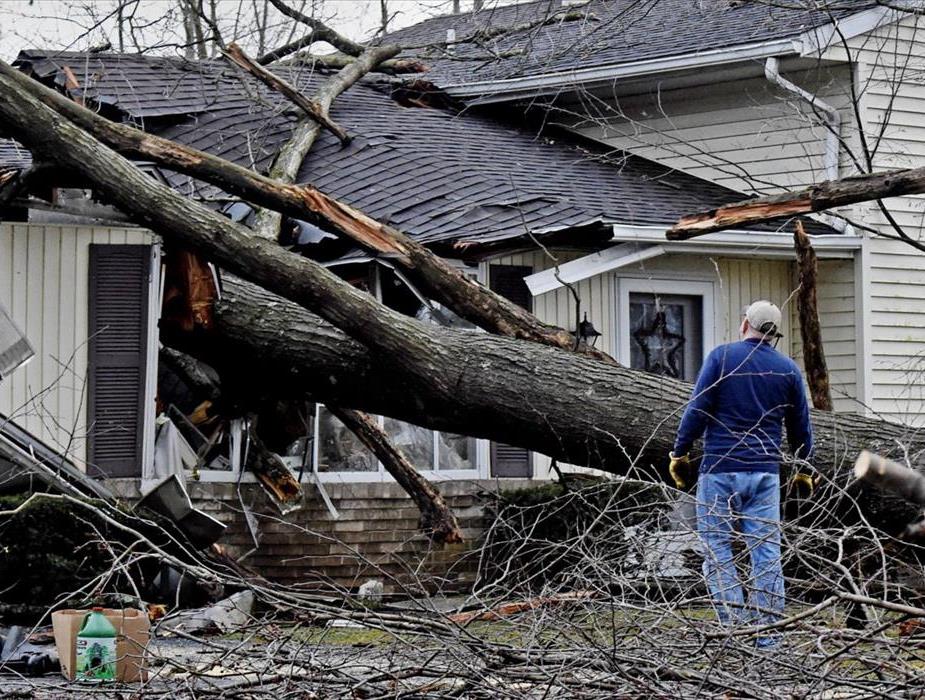What Should I Do After My House Is Damaged by a Storm?
12/3/2019 (Permalink)
The damage a storm causes to a home can leave your life suddenly upended. In the first days after a storm, you might be overwhelmed with the damage, with everything you have to do and with concerns about getting your life back together. But careful planning can help you return to normalcy as quickly as possible. Whether your house flooded, sustained wind damage or was struck by lightning, the aftermath of a storm can pose serious dangers. Live power lines, mold and open areas of your house can all put you at risk. It's wise to leave your house until you're able to evaluate the damage. Consider going to an emergency shelter, staying with friends and family or staying at a hotel until you're able to get an inspector to your home. Take a few day's worth of clothing and supplies if possible, but prioritize safety above collecting your possessions. Your insurance company might provide someone to inspect your home for safety hazards, or you may need to hire someone, but in either case, you should have your home checked for hazards before you return. The Federal Emergency Management Agency provides a variety of assistance to victims of storm damage. You can get help with temporary housing, with repairs, with meals for your family and with filing insurance claims. Contact the FEMA branch in your area. If the storm damaged many homes in your area, a FEMA representative may be traveling through your neighborhood or available at a local temporary FEMA office. So talk to your local representative for assistance. You'll need to document the damage that has been done by the storm as soon as possible, particularly if your homeowner's insurance only covers certain types of damage. Take photos of the damage, and be sure to document any potential problems, such as mold, crumbling drywall or exposed power lines. It's a good idea to have pictures on file of the normal state of your house. So if you're concerned about a storm that hasn't hit yet, take photos both before and after the storm. Contact your insurance company, which will assign you a claim representative. Work with the representative to have repairs done. The process sometimes takes several months, but most insurance policies will cover the damage after you've paid your deductible. Most homeowner's insurance policies won't cover flood damage, so if your home has flooded, contact your flood insurance company instead. If you don't have flood insurance, you might be stuck paying for the damage yourself. Contact SERVPRO of Milton/Braintree to come in and evaluate your home and begin the post-flood clean-up process.Safety First
Federal Assistance
Documenting Damage
Insurance Claims






 24/7 Emergency Service
24/7 Emergency Service
